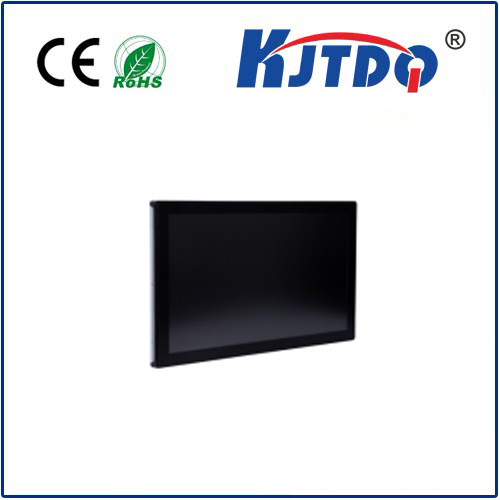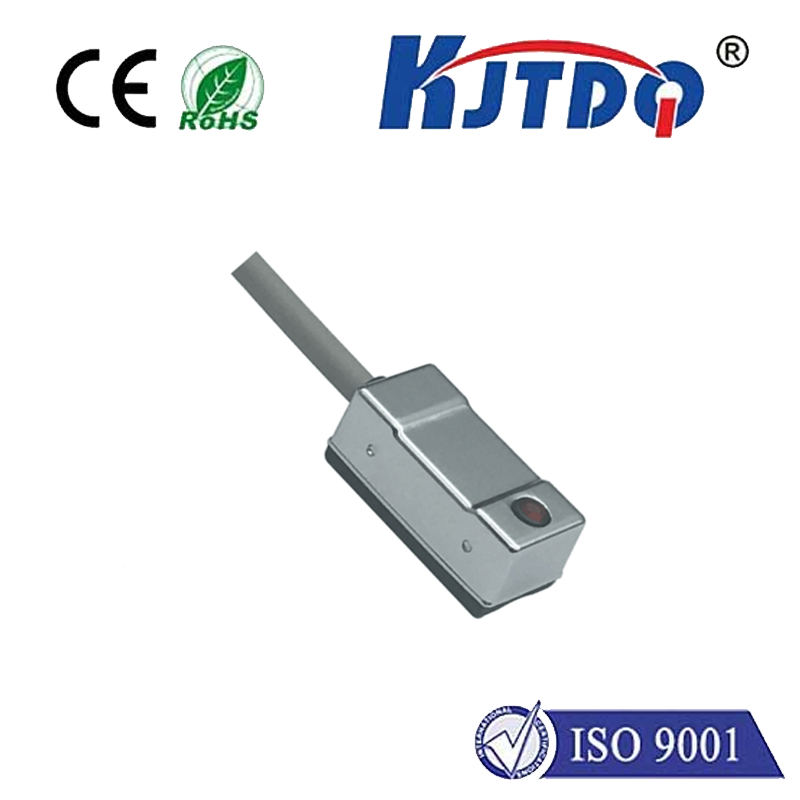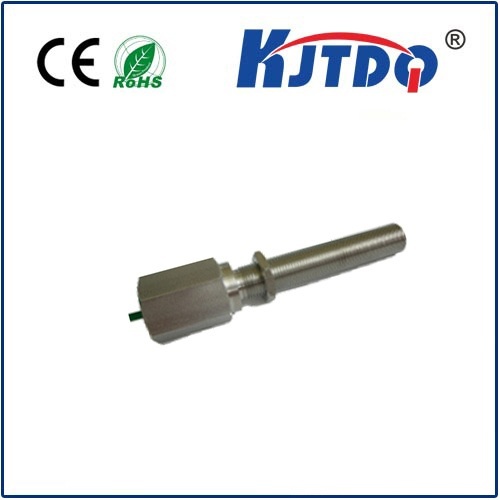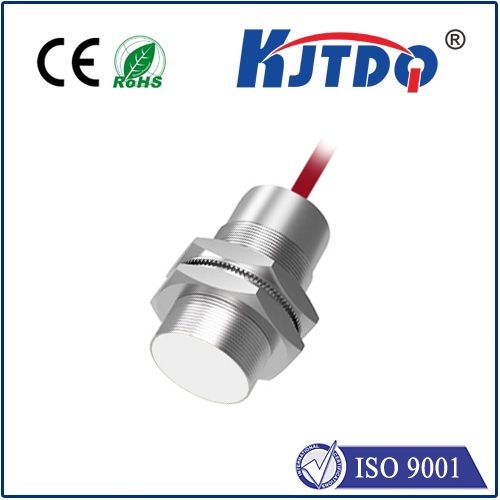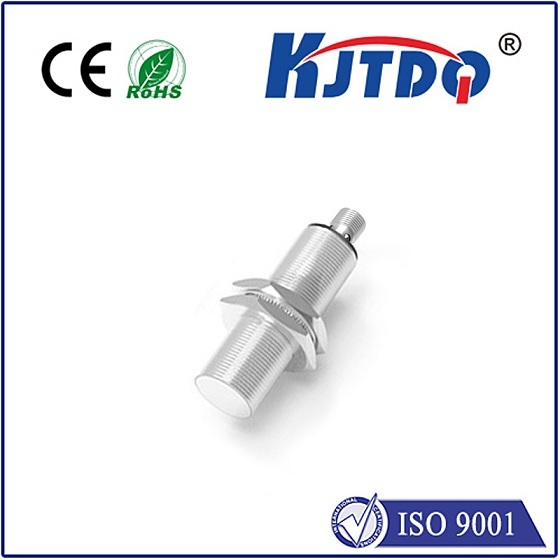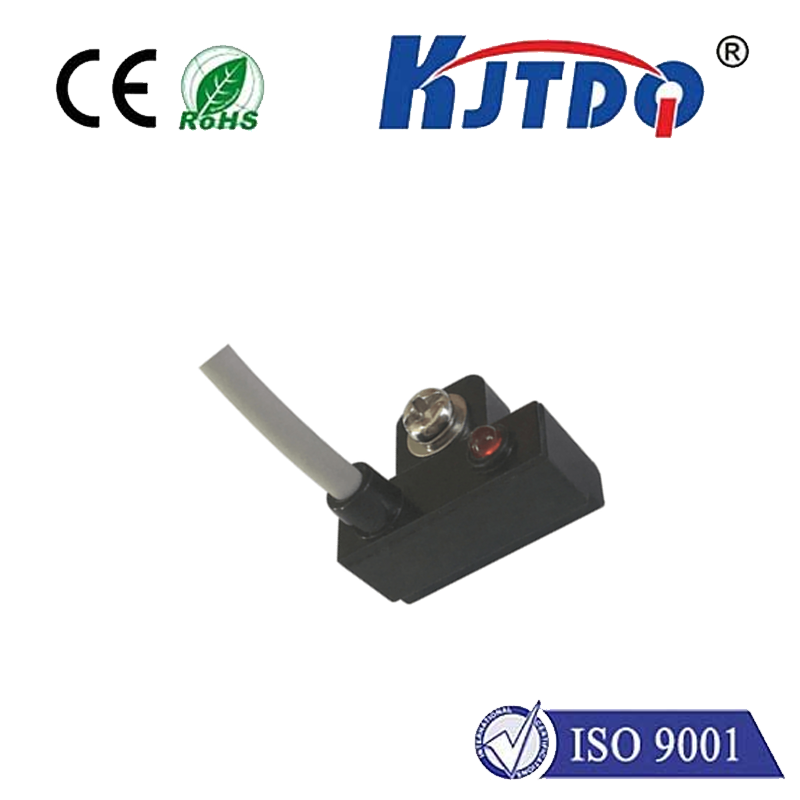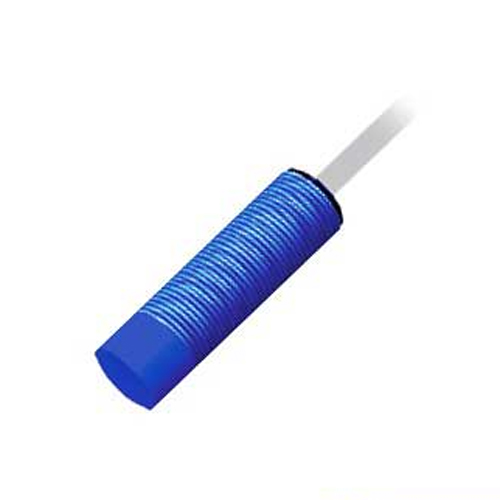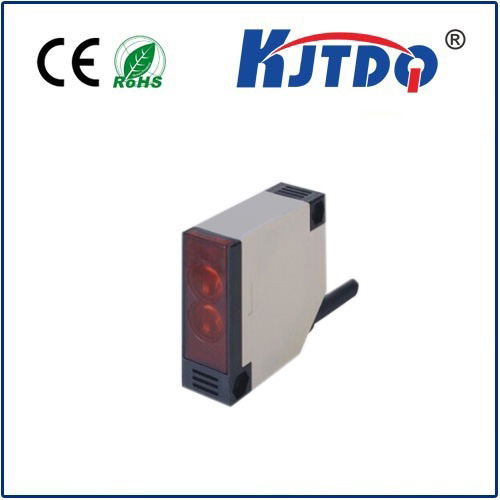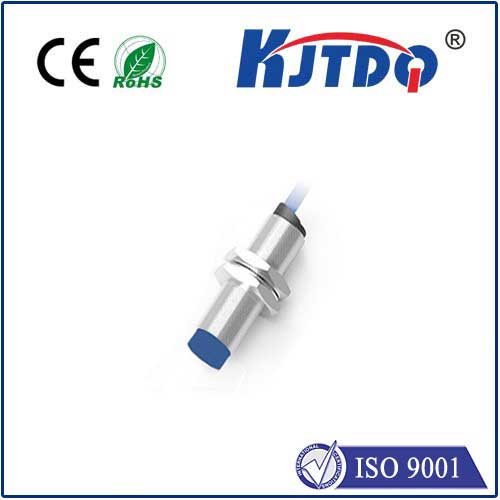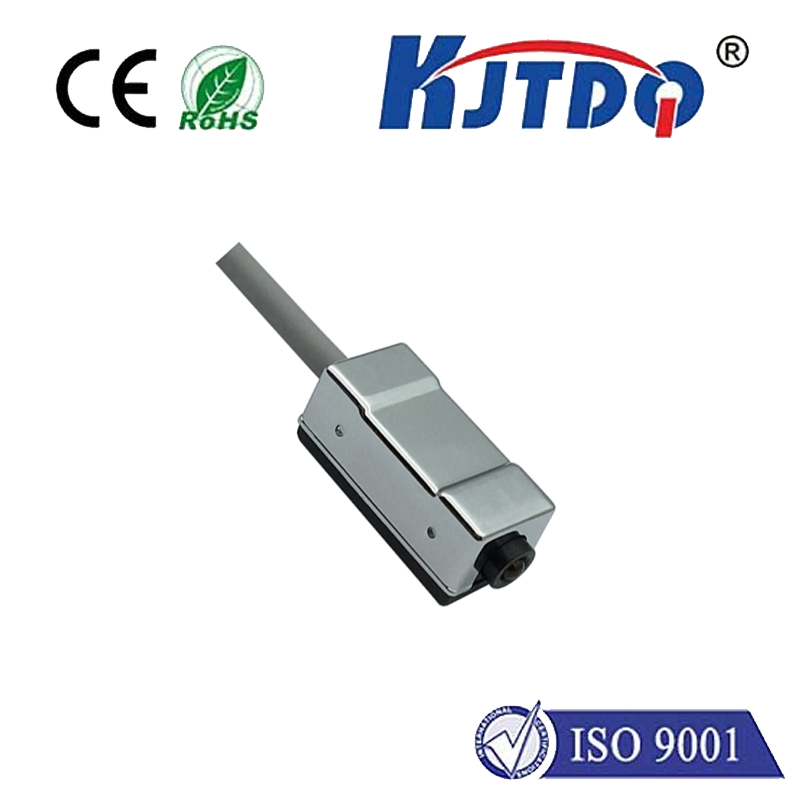

check

check

check

check
Guided Radar Sensor: Enhancing Precision and Safety in Modern Technology
In today’s fast-paced technological landscape, the integration of advanced sensors has become essential for achieving precision, safety, and efficiency across various industries. One of the most innovative and impactful sensors in this domain is the guided radar sensor. This technology combines radar principles with guidance systems to provide real-time data, enabling devices and systems to navigate, detect obstacles, and respond dynamically to changing environments.
The guided radar sensor operates by emitting electromagnetic waves and measuring the time it takes for these waves to return after reflecting off objects. This data is then processed to determine the position, speed, and direction of the object. Unlike traditional radar systems, guided radar sensors are often integrated with other technologies such as GPS, LiDAR, or machine vision to enhance their functionality and accuracy.

One of the key advantages of guided radar sensors is their ability to operate in a wide range of environments, including both urban and rural settings. Whether it’s for autonomous vehicles, industrial automation, or aerial drones, these sensors provide reliable and consistent performance. Their high-resolution data allows for precise control, which is crucial in applications where accuracy is paramount.
Moreover, guided radar sensors are increasingly being used in safety-critical systems. For instance, in autonomous driving, they help vehicles detect pedestrians, other vehicles, and obstacles in real time, ensuring safer and more efficient navigation. In industrial settings, they are employed to monitor equipment, track workers, and prevent accidents by detecting anomalies in real-time.
The integration of guided radar sensors with AI and machine learning further enhances their capabilities. These sensors can learn from data, improving their accuracy and adaptability over time. This makes them not only useful in static environments but also in dynamic and unpredictable conditions.
Another significant benefit is the cost-effectiveness of guided radar sensors. They are designed for scalability and can be adapted to various applications, from small-scale devices to large industrial systems. This flexibility allows businesses to implement these sensors without the need for extensive modifications.
As technology continues to evolve, guided radar sensors are expected to play an even more crucial role in the future of automation and smart systems. Their ability to provide real-time data, enhance safety, and support AI-driven decision-making makes them an essential component in modern technological advancements.
In summary, the guided radar sensor is a game-changer in the realm of precision and safety. Its integration with other technologies offers a comprehensive solution for a wide range of applications, from autonomous vehicles to industrial automation. As industries continue to adopt these advanced sensors, the future of technology looks brighter and more secure.
